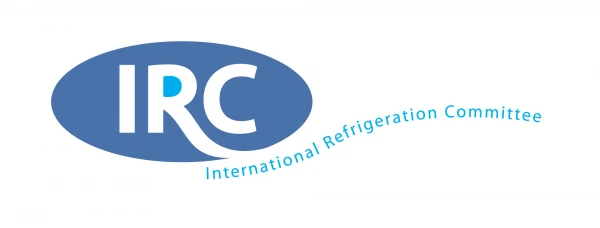-
Technical
Cooltalk - Best practice in tightness testing of new RACHP systems
8 Oct 2024 10:00 to 11:00
Take part in the discussion and help shape the next version of BS EN 378
This interactive meeting will take place in Zoom.
If you are not available to take part on the 8th please send in your comments using the IOR contact form. A selection of questions for comment are listed at the bottom of this webpage.The feedback from the meeting will be shared with those who register.
Overview
BS EN 378 RACHP Safety and Environmental standard is under review and the IOR Technical Committee has been in discussion with the European working group to try to improve the current text on tightness testing of site pipework installations.
This meeting will be chaired by Dr Andy Pearson FInstR, member of the IOR Technical Committee and RHE/18 Committee of the BSI that contributes to revisions of BS EN 378.
The current version of BS EN 378-3:2016 requires that after the system integrity is tested (pressure test) a tightness test is carried out with an instrument capable of sensing a leak equivalent to 5g per year of refrigerant. In practice this means an electronic sniffer. The IOR code of practice for non-flammable lower toxicity refrigerants (eg HFCs) reflects this procedure but pre-dates the most recent update of the relevant section of BS EN 378 and so suggests that proprietary bubble solution (also known as soapy bubble) is an option (clause 5.3). The Technical Committee identified this change when the BS EN 378 revision was published and proposed text for an amendment which said that soapy bubble was OK provided the system was leak tested within 48 hours of putting refrigerant into it and this leak test was incorporated into the tightness test paperwork. Although this position was accepted it never made it into the latest revision of BS EN 378.
The IOR would like to reopen this discussion to ensure that the next version of BS EN 378 reflects what it is reasonable to achieve in normal site practice. For most installers or those carrying out significant amendment to a system the practice appears to be to carry out a “tightness test” to hold the strength test medium for an undefined period with an undefined temperature compensation method and an undefined acceptance criterion on pressure drop over the duration of the test depending on the customer or site specifications - which doesn’t identify the point of leakage if the pressure does drop. The IOR would like to get feedback on whether a more specific procedure should be included in standards and IOR guidance.
The questions that we will be discussing will be
- What do contractors currently do and consider to be best practice?
- What are their views on the current specification within BS EN 378?
- What changes would they like to see in the revised BS EN 378?
This meeting is being run in collaboration the IOR International Refrigeration Committee

Sitemap
-
Membership
-
Technical
-
Environment
-
Education
-
Quick Links - Education and Careers
-
Qualifications and Apprenticeships
-
IOR E-Learning programmes
-
Careers Information and Resources
-
How does a fridge work?
-
Find Local Training
-
Presidents Fund for Education
-
CPD Resources for Technicians
-
FantasticPuzzles
-
masterclasses
-
All things STEM resources, ambassadors and more
-
-
Networking
-
Events
-
About
-
Shop

